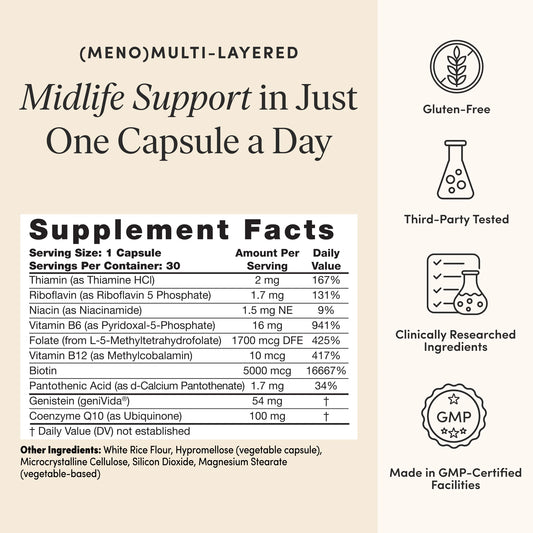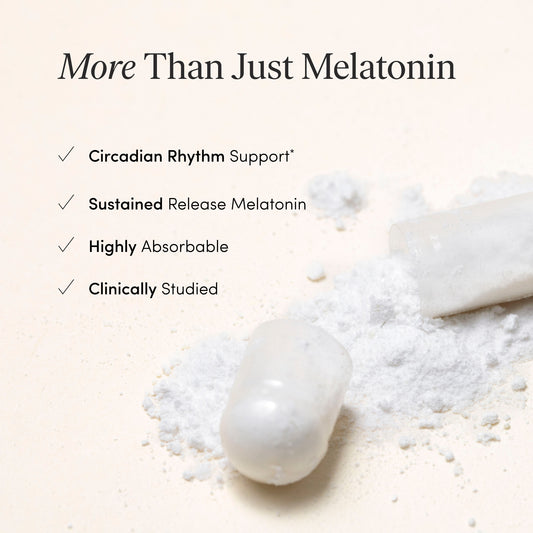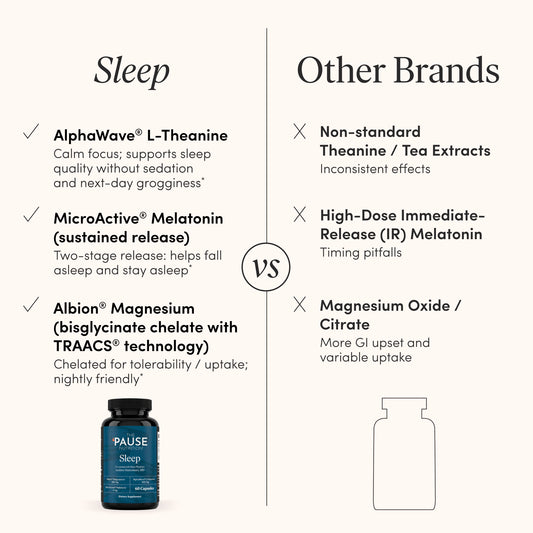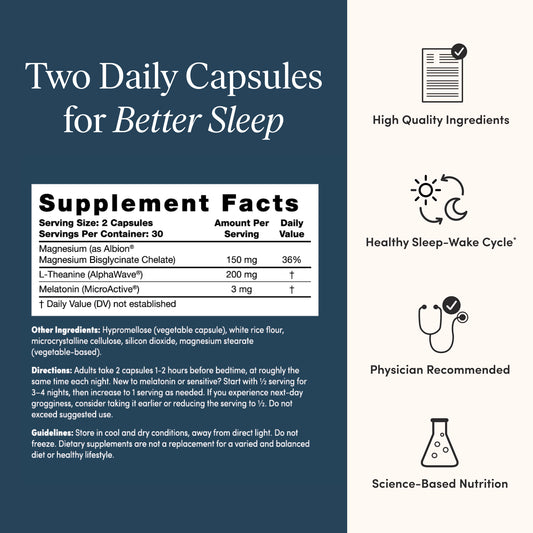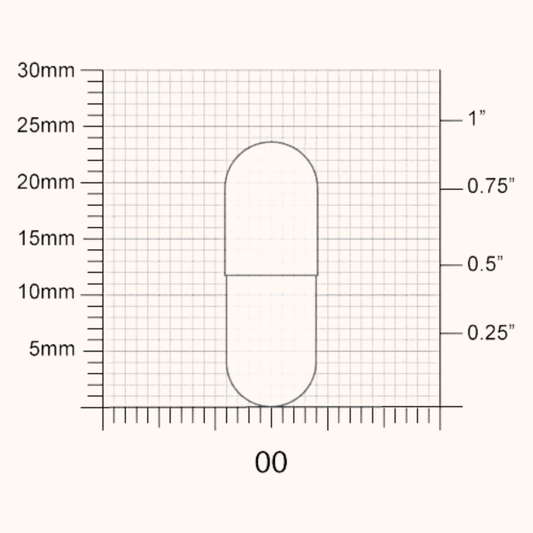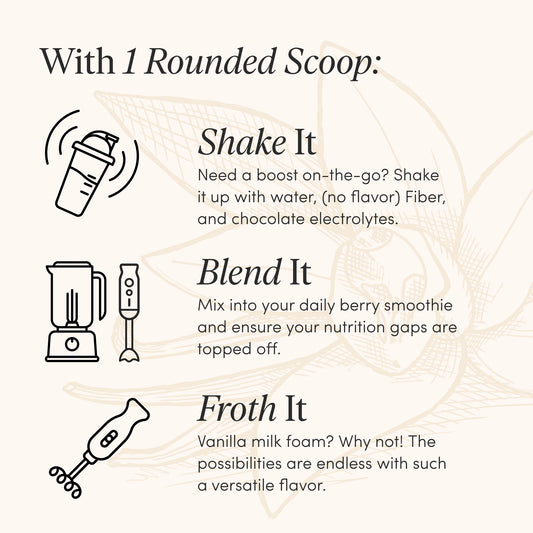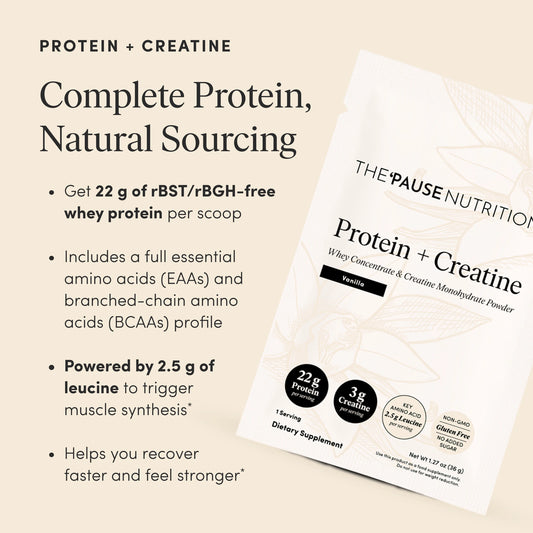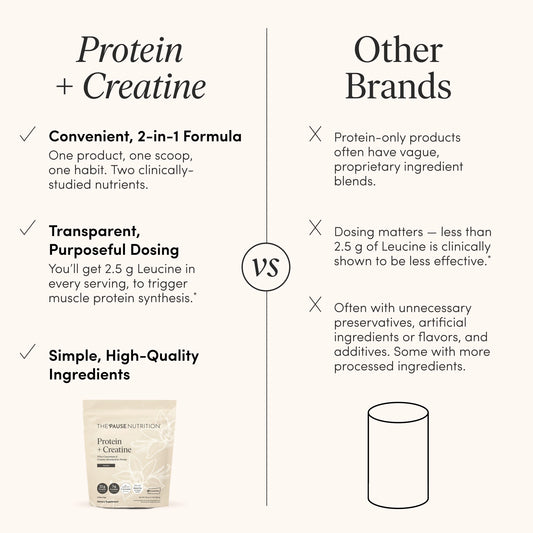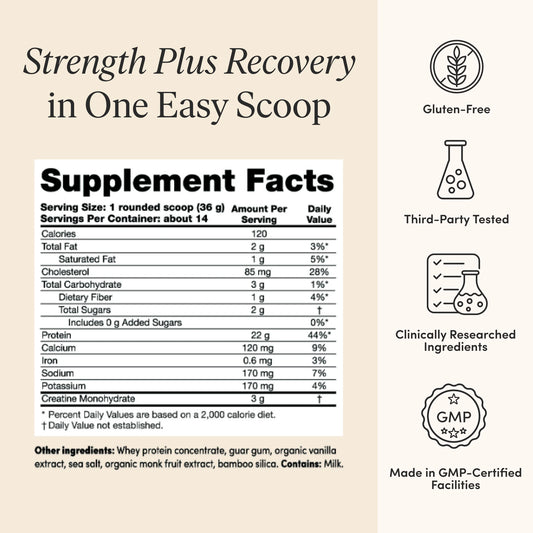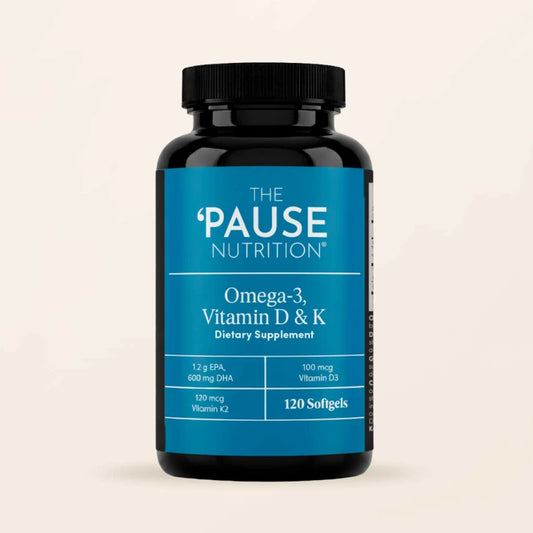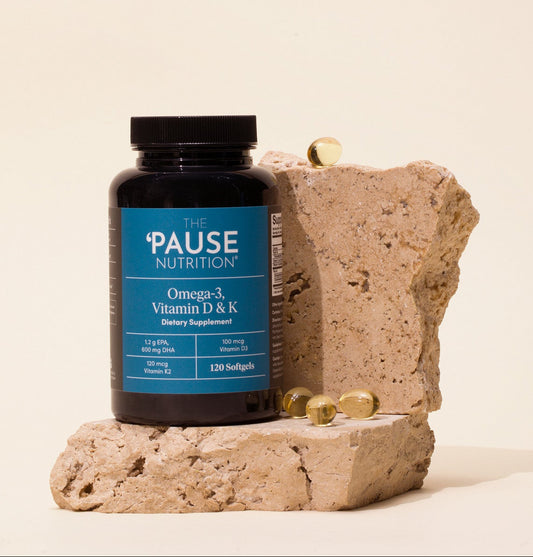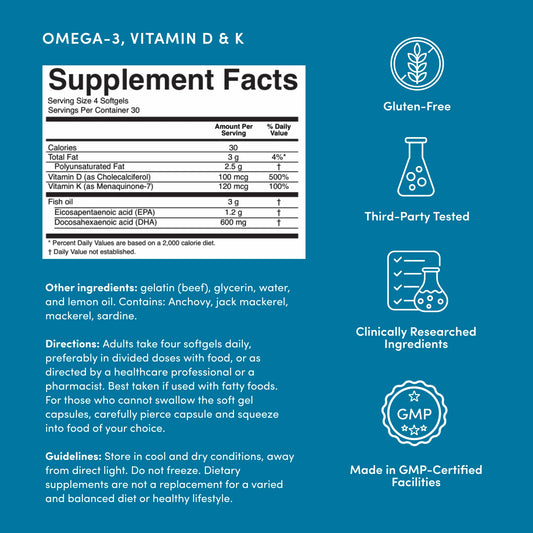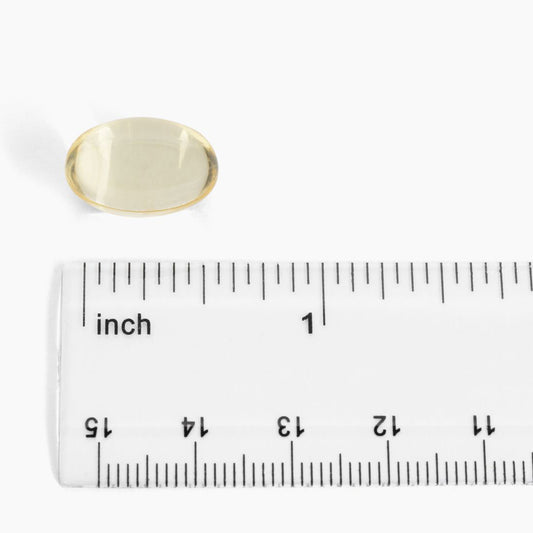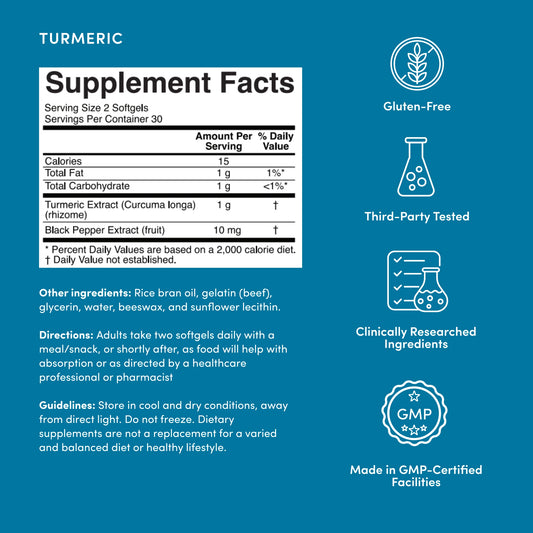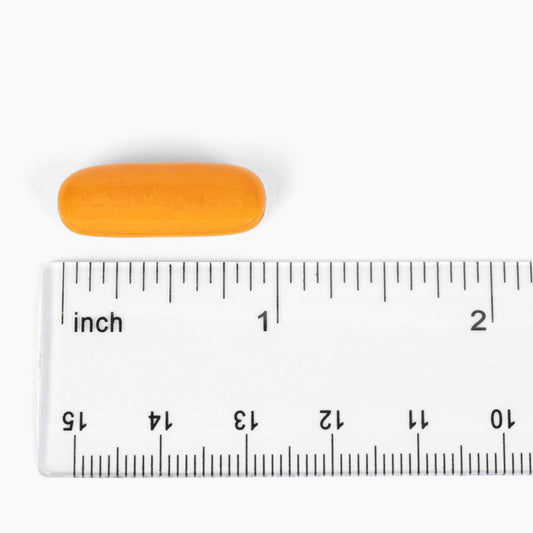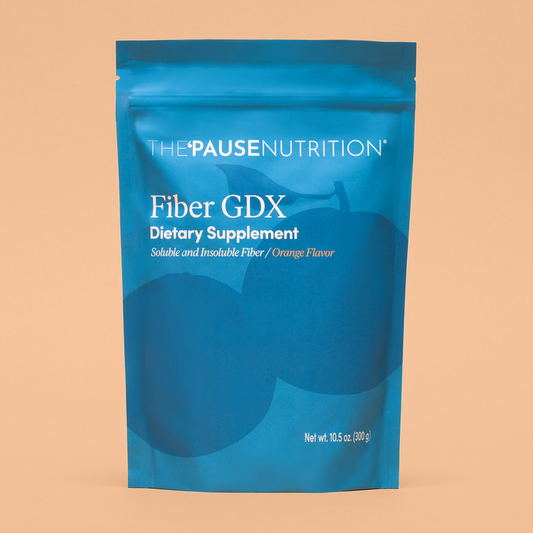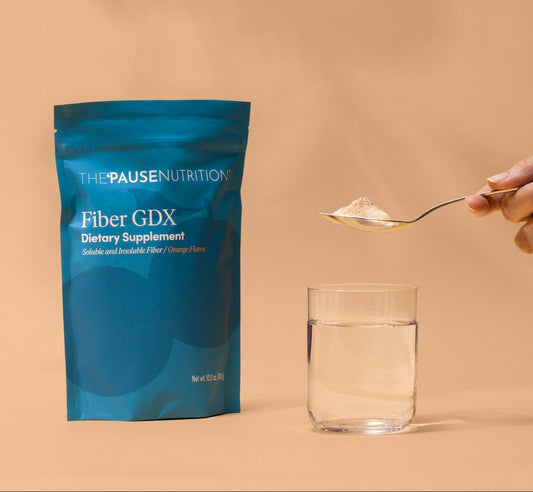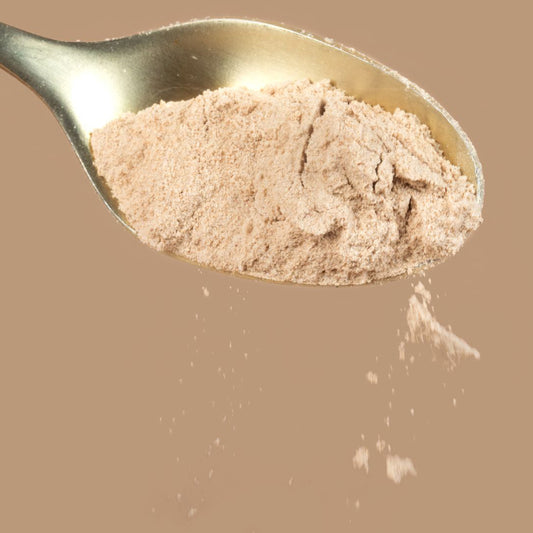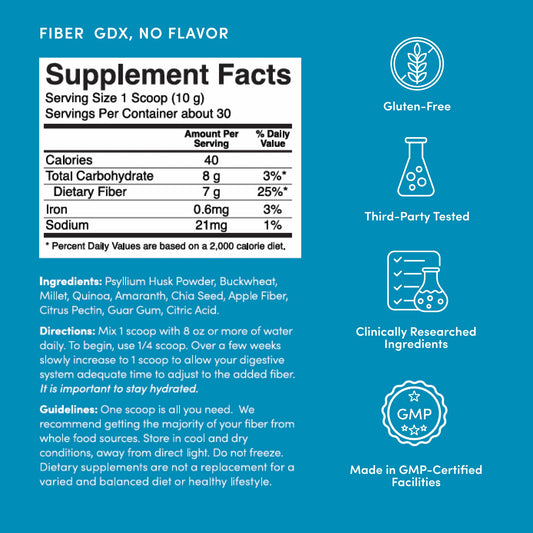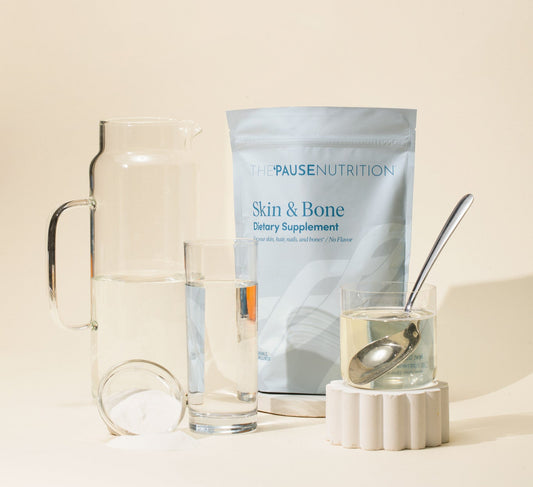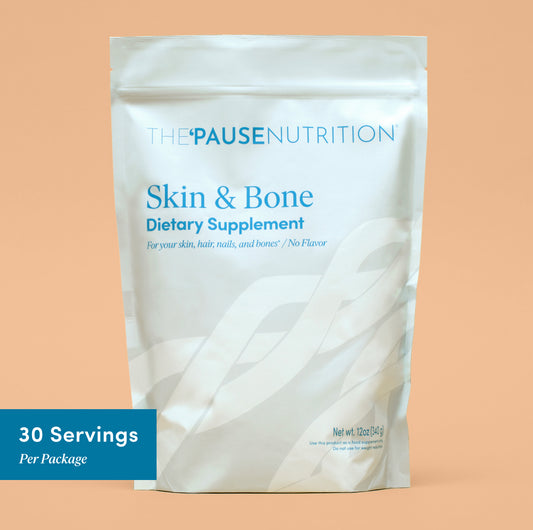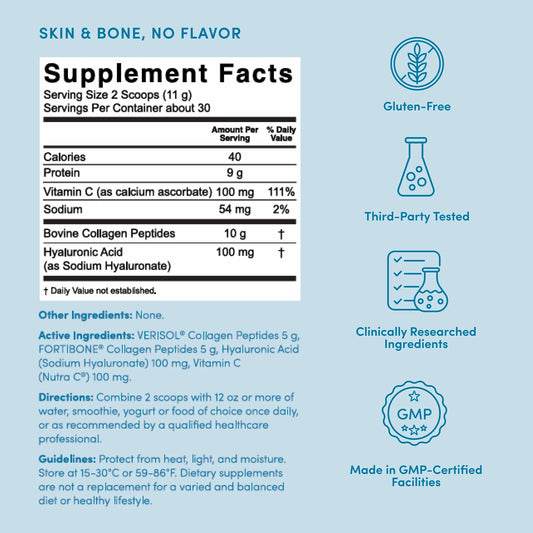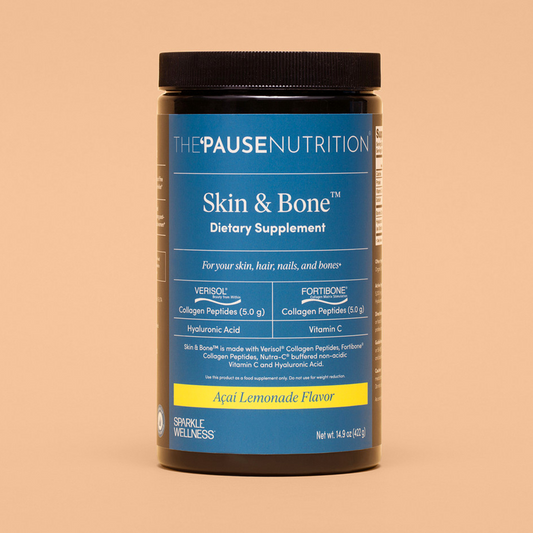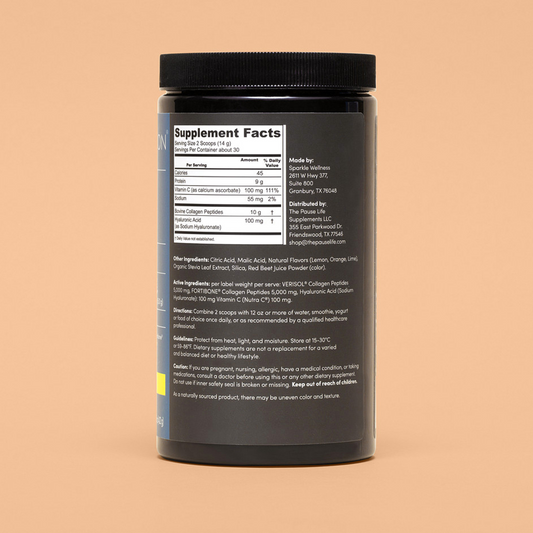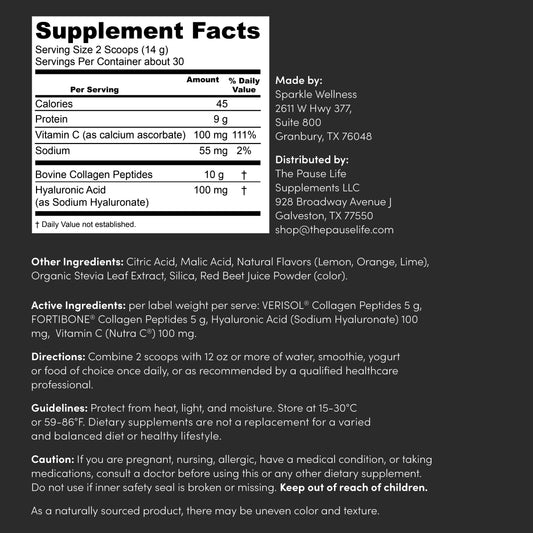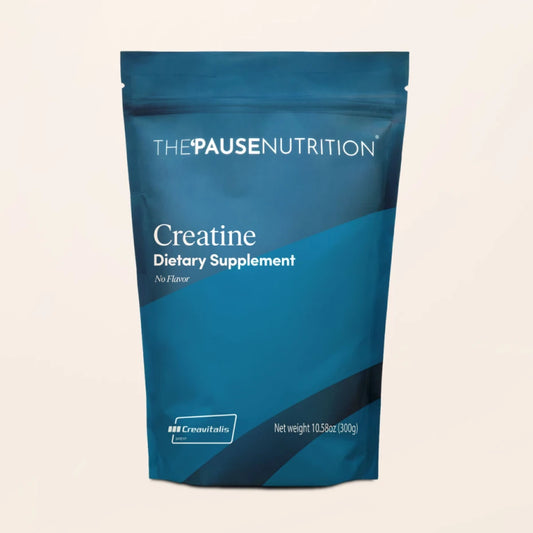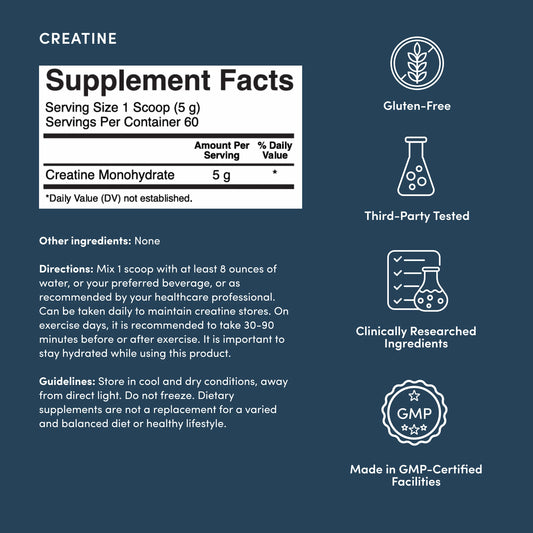The Power Of Fiber

Share
Life Changing Tips For Increasing Fiber In Your Diet
It’s Easier Than You Think.
What comes to mind when you think about fiber? If you’re like most people, you probably think about digestive health and having regular bowel movements. It’s true that fiber helps with digestion, but a high-fiber diet may also help you maintain a healthy weight.*
Are you getting enough fiber?
The Academy of Nutrition and Dietetics recommends women consume at least 25 grams of fiber each day. Unfortunately, most women don’t hit that target so here are some ways you can make a change for the better.
Let’s Start With The Basics: What Is Fiber?
Fiber is a plant-based nutrient that our bodies cannot digest. It is naturally found in many fruits, vegetables, beans, nuts, grains, and seeds.
Soluble fiber dissolves in water and slows down carbohydrate digestion, which can make you feel full longer and support normal blood sugar levels. Soluble fiber is found in foods like bananas, apples, pears, beans, potatoes, and oats.*
Insoluble fiber is also called “roughage.” It retains water and helps to move food through the digestive system which assists with bowel movements. Insoluble fiber is found in foods like berries, nuts, carrots, and whole grains.*
Why Is Fiber Important? High-Fiber Diets Can:
- Help maintain regular bowel movements and aid digestion*
- Assist with weight management*
- Support normal blood sugar levels*
- Improve heart health*
Support Bowel Movements And Digestion*
Fiber helps support bowel movements by softening stool so that it is easier to pass.*
Support Weight Management*
High-fiber foods take longer to digest than low-fiber foods, so you feel full longer.*
Support Blood-Sugar Levels*
Because high-fiber foods digest more slowly, they slow the absorption of sugar in the blood to help maintain healthy blood-sugar levels.*
5 Tips For Increasing Fiber Intake
- Start slowly. Gradually increase the amount of fiber each day. Adding too much fiber too quickly can cause bloating and cramping.
- Drink plenty of water. Fiber needs water to do its job, so be sure to drink at least 64 ounces each day. Hydrate in style with a Stanley or HydroFlask.
- Choose more whole grains, fruits, and raw vegetables. Many anti-inflammatory foods are great sources of fiber.
- Consider a fiber supplement. If you need help reaching the recommended 25 grams of fiber each day, a fiber supplement can bridge the gap. Fiber GDX is made from high-quality ingredients and provides more than 25 percent of your daily fiber needs.
- Lean on Hello Fresh to simplify mealtime. View an extensive selection of high fiber meal options at Hello Fresh to simplify and streamline your nutritional needs. With pre-portioned ingredients and easy-to-follow recipes, you can feel confident that you are fueling your body with high quality ingredients and adequate fiber. Meals are shipped right to your door, saving you time and money (as well as a trip to the grocery store or through the drive thru window).
Track Your Fiber Intake
If you want a simple way to track your fiber intake, consider using the Cronometer app (my favorite). Once you enroll, if you haven’t already, head to the Settings section > Targets > Nutrient Targets > Carbohydrates and Fiber is the 2nd option down. Switch to Custom and enter 25.0 as your Daily Target. When you go back to your Diary and swipe the options at the top – you will be able to watch your fiber intake as the day goes by. Try it for a week and see how easy it is!
Sources:
https://www.mayoclinic.org/healthy-lifestyle/nutrition-and-healthy-eating/in-depth/fiber/art-20043983#:~:text=Dietary%20fiber%20increases%20the%20weight,Helps%20maintain%20bowel%20health.
https://my.clevelandclinic.org/health/articles/14400-improving-your-health-with-fiber
https://www.eatright.org/food/vitamins-and-supplements/nutrient-rich-foods/fiber#:~:text=Heart%20disease%3A%20Fiber%20may%20help,lower%20in%20calories%20as%20well
https://www.eatright.org/food/vitamins-and-supplements/types-of-vitamins-and-nutrients/easy-ways-to-boost-fiber-in-your-daily-diet






















